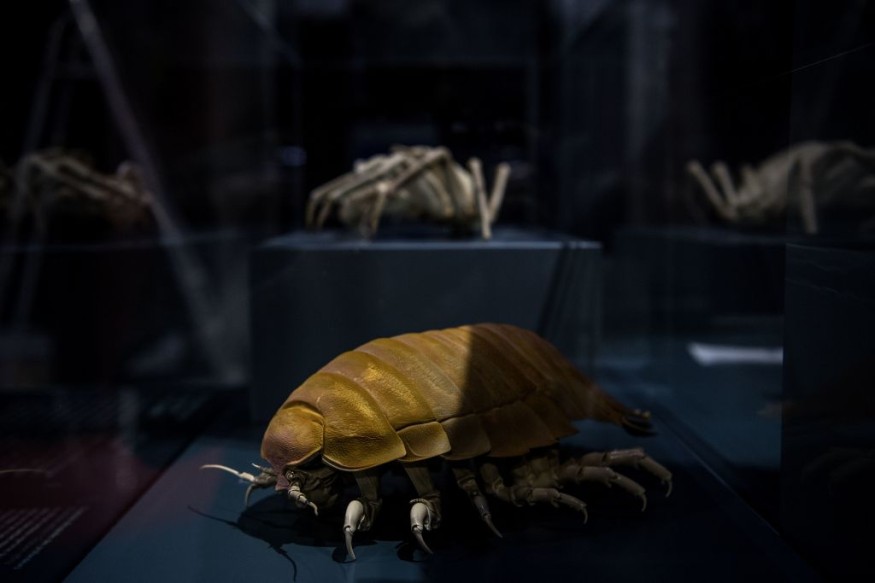It's not at all times that nature's creatures are beautiful and enticing that we want to be near, with, and even keep them. In fact, there are even times when it is a bit stomach-turning or even downright terrifying.
This year, a Live Science report specified that it saw numerous examples that showed how "gruesome nature could be." From the so-called "sex-crazed zombies" to tongue gobbling parasites, below are five of the biggest gross-out creatures in science news this 2021.

1. Corneal Dermoids
An unusual and bizarre condition that affects a male deer in Tennessee led a dense layer of hair to grow from its eyeballs, leaving the corneas covered abundantly.
Such growths were said to be benign tumors composed of skin tissue that contained hair follicles, and they possibly formed early in the development of the animal.
As the deer grew, what would usually have been clear corneal tissue was instead covered by a layer of hair and skin, obscuring the animal's vision.
2. Rectal Mushroom
When scientists found a small, 50-million-year-old carpenter ant preserved in amber, they noticed that the tiny creature's body had a little extra, a parasitic fungus's tendrils that culminated in a bulbous cap that poked from the posterior of the insect.
Essentially, a piece of the chamber came from the Baltic region. DNA analysis showed that the fungus was a formerly unknown species that the researchers called "Allocordyceps Baltica," as described in a Sci-News report.
3. Trophallaxis Vomiting Into Each Other's Mouths
This Live Science report also indicated that social networks for humans might be, in a way, less famous if people had to develop their connections with "vomit."
Nonetheless, that system appears to work just fine for ants, which forge bonds. They do this by vomiting into the mouths of each other.
Also called trophallaxis, this practice enables ants to share proteins, hormones, and nutrients, and it reinforces links between members of the colony.
A colony of ants can encompass thousands of individuals split into groups, each carrying out specialized tasks that can impact their stomach contents.
However, when the said contents are passed from mouth to mouth, the whole colony can den share an individual's nutritional and hormonal benefits.
4. Tongue-Eaters
Here's an association in questionable condition- a parasitic isopod replacing the tongue of a fish caught recently in Texas.
Also called a "tongue-eating louse, the most popular species of this isopod is known as the "Cymothoa exigua." Essentially, juvenile isopods are swimming inside the mouth of a fish until the organ eventually weakens and falls off.
The growing isopod is then replacing the tongue inside the mouth of the fish. However, this process does not kill the fish, which can coexist with such parasites for years.
5. Caterpillar Drinkers
Certainly, this report said, this year would be the year researchers informed about butterflies that slashed pen caterpillars "to drink their insides," as described in a Wildlife Insight report.
Researchers from Indonesia observed as seven milkweed butterflies drank for "wounded and oozing caterpillars," in gruesome meals that at times lasted for hours.
With the use of small claws on their feet, the butterflies carved gashes in the bodies of caterpillars to expose the liquid inside; since caterpillars are eating milkweed plants, their body juices were overflowing with chemicals from the leaves they chew up.
This made the caterpillars sumptuous targets for male butterflies, which use milkweed compounds to help them entice females.
Related information about terrifying discoveries in science is shown on TheTopMan 2.0's YouTube video below:
RELATED ARTICLE : A 12-Year-Old-Girl Dies From Untreated Head Lice Infection
Check out more news and information on Animals in Science Times.
© 2025 ScienceTimes.com All rights reserved. Do not reproduce without permission. The window to the world of Science Times.









